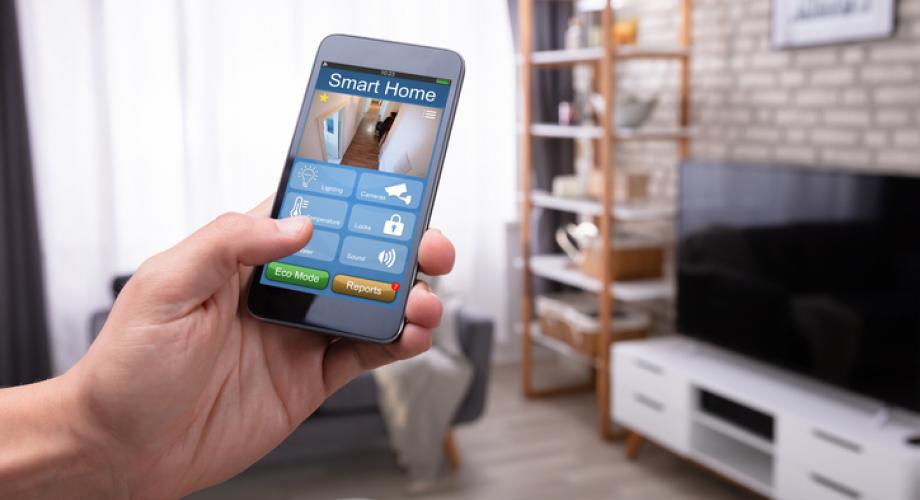As apartment companies continue to invest in smart home devices, they’re finding the need for a way to integrate these devices.
Johnny Gregorio, Senior Associate with Eagle Rock Advisors, has a spent a lot of time thinking about what he needs to invest in at an existing apartment to push into the sweet spot where it can fetch more rent than existing apartments, while it still provides value compared to the new communities with top-of-the-line amenities.
Gregorio is looking for the best bang (rent boost) for the buck.
“Many owners are investing $10,000 per unit on the kitchen, bathroom and common area renovations, and for $1,000 more you can modernize the thermostat and implement smart lighting and outlet controls that take the unit to another level,” Gregorio says. “Historically, I have seen between $35 to $75 rent premiums for the smart apartment package, and the units tend to lease faster.”
Gregorio says that by configuring model apartments with smart devices and allowing prospects to control lighting, outlets, entry locks and blinds from a tablet or smartphone, the entire leasing experience becomes more interactive and exciting. While individual smart-home products offer conveniences, a robust app can help users control all of those features through their phones.
“Prospective residents start to picture themselves opening their blinds in the morning or turning on and off the lights remotely, all with the ease of a customizable app, and they are willing to pay a premium for it,” he says.
At its high-end Nexus condo in Seattle, Burrand Group, an apartment and condo developer based in Vancouver, British Columbia, had a goal to streamline all of its smart-home features and other services, such as package delivery, into one app.
“You can open up the same app for access control and theoretically see if you have a package waiting,” says Billy Mainguy, Vice President of Strategy. “Since it is tied into the property management software, they can have the concierge take the smart package and leave it inside your unit. Thanks to the smart locks, they have the ability to unlock the door and deliver the package from the app.”
The app empowers its residents in other ways. For instance, if they are inviting guests over for a cocktail party, they can send out a code.
“You can set the start time,” Mainguy says. “That code will scan at the front door of the building to let you in. They will also scan that at the elevator kiosk. The kiosk will call the right elevator and the destination will be programmed to that floor. Once the visitor gets off on that floor, they can punch that number into the host’s front door lock.”
Albany, N.Y.-based Burns Management, which manages 2,600 apartments, installed a suite of smart home products, including locks and thermostats, controlled by an app at Excelsior Park Apartment Homes in Saratoga Springs, N.Y., a three-building, 105-apartment home project.
Burns’ President Peter Rosecrans Jr. says apartment renters benefit from a greatly enhanced customer experience through increased security, transparency and convenience.
“We find that renters love to be able to set up access codes for dog walkers, and save money through thermostat monitoring and settings,” he says. “One of the most ‘utilized’ smart products is voice control and that will continue to be a major benefit as voice commands get slicker.”
Rosecrans says that a comprehensive smart solution with an app requires both a capital outlay for the equipment and a recurring fee per unit for the app. That investment can provide some operational advantages.
“Apartment owners benefit significantly from the ability to automate management operations and protocol like setting commands for locks and thermostats based on the unit ‘status’ [for example vacant or leased],” Rosecrans says. “Security, specifically authentication of unit entry for maintenance personnel, is a huge advantage to smart buildings.
